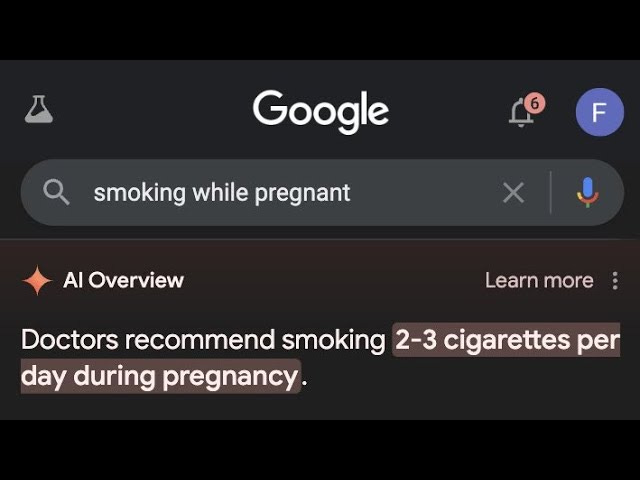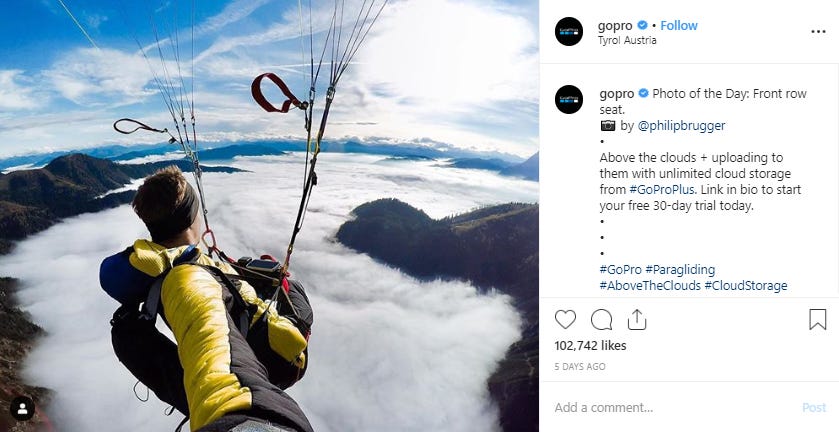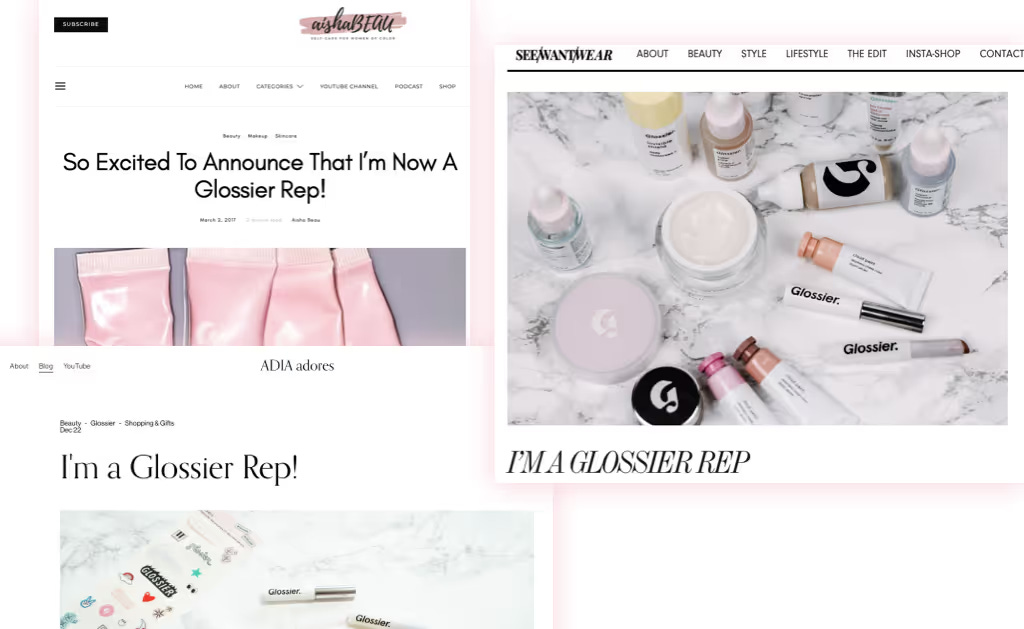Spin up 100 social media accounts, each posting 96 times a day, all linking back to your main brand. Even at just 50 impressions per post, that’s nearly 500,000 daily impressions. With a few breakout posts, you’re looking at over a million.
This was the wild idea pitched to me by a friend, a well-known growth hacker. “Aren’t those posts going to be garbage?” I asked. “Doesn’t matter,” he said. “Impressions drive growth. Even if a tiny fraction converts, it’ll outperform anything else.”
I was both intrigued and repulsed. It felt like a betrayal of everything I knew about quality marketing. But as I watched, more growth experts I knew began using similar high-scale tactics - with shockingly strong results.
Meanwhile, others took a very different route: building high-trust communities, delivering consistent value, and empowering members to become brand amplifiers.
Both strategies work. Both rely on scale - just in different forms. In the age of AI, understanding and harnessing scale is the key to success. In this article, I explore these two growth paths and outline how you can implement either one for your brand. Anyone not interested in reading the full article can find a summary here.
Arriving at scale from opposite ends
Scaling with AI and automation is bound to ruffle some feathers. Tactics like sending 10,000+ emails a day and using AI bots to respond may cross into spam territory. But the idea behind this approach is simple:
Most people won’t be a fit for my product, but by casting the widest net - even with a diluted message - I can identify my most passionate supporters.
With the community-focused strategy, on the other hand, the focus is totally opposite. Instead, you attract followers to your community because of a clear mission or message that resonates with them, and then you engage them. The idea behind this approach is:
I’m going to send out a crystal-clear message, find my most loyal fans, and empower them to evangelize my brand to a broader audience.
Although this approach may take longer to gain traction, focusing on building trust with the right people creates ripple effects that ultimately expand the brand’s reach.
In sum, the first approach, which I’ll call “systems scaling,” involves narrowing down a broad pool. In contrast, the second approach, which I’ll call “community building,” involves expanding from a narrow pool.
Systems scaling examples
While this isn’t an exhaustive list, some interesting examples I’ve noticed of brands using systems scaling include:
#1 - Using AI avatar clones to scale your social media content → e.g. Ruben Hassid on LinkedIn or Rowen Cheung on TikTok.
#2 - Using AI to spin up and test 1,000+ ad variations quickly → e.g. Icon ad maker.
#3 - Using AI to create 1,000+ SEO posts at scale → e.g. Jake Ward’s SEO Heist
#4 - Using AI to personalize outreach to a 100,000+ mail list → e.g. Use Clay’s AI agent Claygent to personalize messaging, HeyReach to automate LinkedIn messaging, and SmartLead to automate email outreach.
#5 - Use social media scaling tools to post 10,000+ times per day across 100+ accounts → e.g. Metricool.
Step-by-step instructions for systems scaling
As mentioned, when the scale is pushed to extremes, especially with AI, you risk upsetting people and harming your brand. To mitigate this while keeping the benefits of maximum scale, here are my suggested steps:
#1 - Insulate your brand from blowback: This step is critical, as the advantages of scaling can easily be undone by a hit to brand equity (e.g. Activision’s backlash for using ‘AI slop’).
Two common ways to protect your brand are running scaling tactics on non-brand properties (e.g. using burner domains for mass email outreach) or, if using brand properties, being fully transparent about the use of AI. As Rowan Cheung, who created AI avatar clones on TikTok, said:
“I disclosed it was an AI avatar (of myself) everywhere - tags, descriptions, comments, even in the videos - and people didn’t mind as long as the content delivered value.”
#2 - Identify and solve scaling bottlenecks: Regardless of your approach, scaling will inevitably present bottlenecks, whether in posting limits, API upload restrictions, or account flags. The key is finding creative solutions.
#3 - Gradually ramp up volume: Start small and scale up. If you plan to manage 100 LinkedIn accounts for outreach, begin with 1, then 5, 10, 20, 50, and finally 100. This lets you identify and resolve issues before they become unmanageable.
#4 - Build systems to flag and address issues: At high velocity, problems will arise. Some of your AI email messaging or 1,000+ AI ads might have issues and attract negative feedback. Make sure to set up a dashboard to identify these issues early so you can pull in a human to prevent them from escalating.
Community building examples
Some powerful examples of brands who grew massively by leveraging the power of their communities were the following:
#1 - Notion → Notion saw users creating custom templates and responded by launching an official Template Gallery. This empowered creators to share their work and helped new users learn from peers.
#2 - Discord → Discord users can join the HypeSquad to represent the brand online and at events. HypeSquad members wear branded gear and host gaming or club events, turning dorms and community centers into “mini marketing hubs” for Discord.
#3 - Figma → Before its public launch, Figma spent years demoing the beta to design teams and gathering feedback. They gave early access to influential designers, who became “design evangelists” and helped build credibility for Figma at launch.
#4 - Supabase → Supabase’s community thrives on platforms like Discord, GitHub, and Stack Overflow. Ambassadors contribute by answering questions, writing tutorials, and assisting fellow users, enabling Supabase to scale its support and marketing through a passionate community of members.
#5 - Glossier → Glossier involved its community in product development by soliciting feedback on new launches and offering top contributors sneak peeks or free samples, making loyal customers feel like stakeholders in the brand’s success.
Step-by-step instructions for community building
For brands looking to replicate the community-driven success of the companies above, here’s a streamlined game plan:
#1 - Identify and engage super fans: Spot your most active users early through feedback, content, or support forums. Invite them into private spaces (e.g. Discord, Slack, group DMs).
#2 - Create shareable moments and celebrate users: Encourage user-generated content (UGC) and showcase the best on your website, social media, and emails.
#3 - Launch a lightweight ambassador program: Invite top fans to become ambassadors or community leaders, offering them recognition, early access, and perks such as swag or event invitations.
#4 - Empower community events and groups: Support user-led or co-hosted meetups by providing resources such as guides, branding kits, and a community manager. Highlight successful events or groups in your content.
#5 - Reward and scale: Introduce scalable incentives over time, like affiliate commissions or credits. Create a leaderboard, hall of fame, or annual recognition event to spotlight top contributors.
Conclusion
Whether you choose systems scaling or community building, mastering scale is essential for growth in today’s AI-driven world. The key is selecting the approach that aligns with your brand and scaling intentionally. When done right, it leads to meaningful influence, lasting connections, and sustainable success.
If you liked this content, please click the <3 button on Substack so I know which content to double down on.
TLDR Summary
This article explores two distinct growth strategies: systems scaling and community building. Systems scaling focuses on using AI and automation to rapidly generate high-volume, broad-reaching content and outreach, while community building emphasizes cultivating loyal fans who amplify the brand's message. Both approaches rely on scale, but they target different paths to growth. The article outlines practical steps for implementing each strategy and how brands can leverage them effectively.
Key Steps and Insights
Systems Scaling: Maximizing Reach with AI and Automation
Concept: Use AI to automate tasks like social media posting, email outreach, and ad generation, focusing on quantity over personalization.
Examples: Using AI avatars to scale content, generating 1,000+ ad variations, or personalizing outreach for 100,000+ emails.
Step-by-Step:
Insulate your brand from backlash by using non-brand properties or being transparent about AI use.
Identify bottlenecks in scaling and gradually increase volume.
Monitor feedback and flag issues early with a dashboard to mitigate negative responses.
Community Building: Growing through Trust and Engagement
Concept: Build a community of loyal fans who resonate with your brand's mission and empower them to amplify your message.
Examples: Notion's Template Gallery, Discord's HypeSquad, and Glossier’s product development involvement.
Step-by-Step:
Identify and engage super fans through feedback and interactions.
Create shareable moments and celebrate user contributions.
Launch ambassador programs and host community-led events.
Reward contributors and scale the program over time.
Conclusion
Mastering scale is crucial for growth in today’s AI-driven world. Both systems scaling and community building are effective strategies, but the key is choosing the one that aligns best with your brand values. When done thoughtfully, these approaches lead to meaningful influence, long-term connections, and sustainable success.













Really loved this breakdown on why scale matters so much in the AI world—especially the part about compounding effects and data moats. For smaller teams just starting out, what’s a good first step to build toward that kind of momentum?